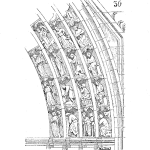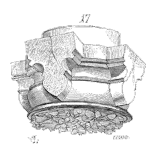
In this video, Hemant Urdhwareshe explains applicability of Poisson Distribution along with its application examples. Solutions to application examples are illustrated using basic formula, tables of Poisson Distribution and also Microsoft Excel. Hemant also explains the mean and standard deviation of Poisson Distribution. The video will be useful to all those who want to learn basics of Poisson Distribution and prepare for ASQ Certification Exams such as Certified Quality Engineer (CQE), Certified Reliability Engineer (CRE), Six Sigma Black or Green Belt (CSSBB or CSSGB).
[Read more…]











